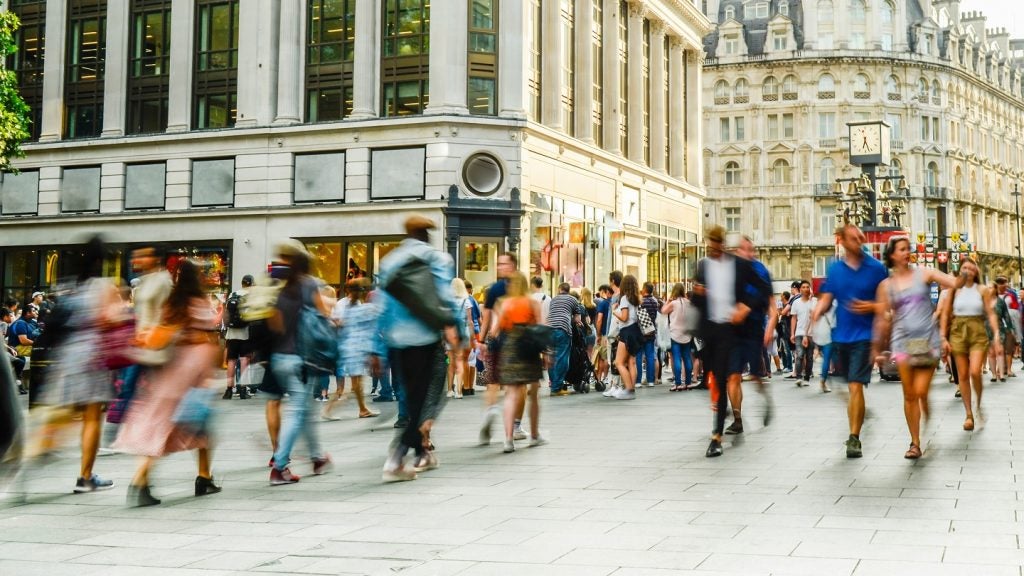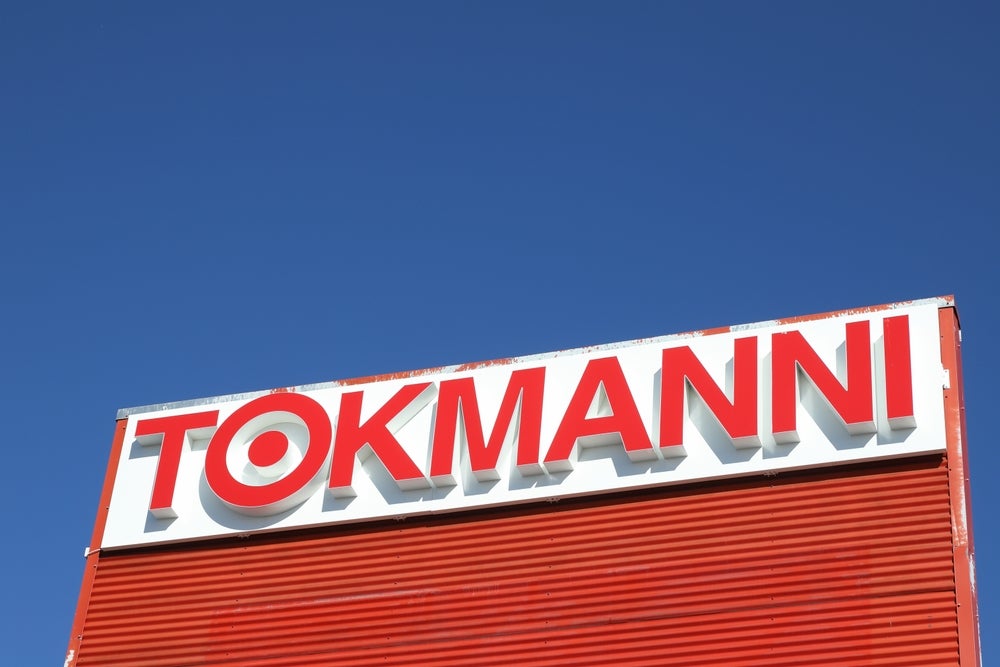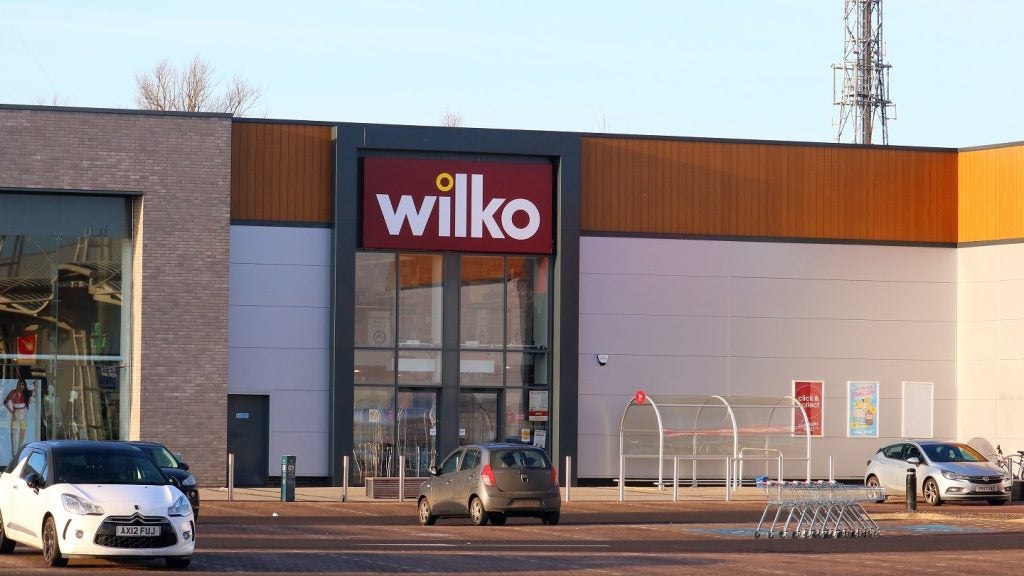
Dover Street Market (DSM) on London’s Haymarket is not for the fashion faint-hearted. The eclectic mix of designers, collections that push boundaries, and disruptive artistic outfit-building makes this fashion retailer, in our opinion, the coolest in the UK. This is where the style-setters of our capital go to ensure they are at the forefront of seasonal trends, making this an internationally-known iconic market place – and one that was rehomed a year ago from its Mayfair birthplace. With the wider trend of convergence between social spaces, lifestyle, wellness and retail, the high street can learn a thing or two from DSM to help recover floundering sales densities.
Stay relevant using flexible space
The 31,000 sq ft store is rooted by Comme des Garçons collections, the designer behind DSM’s creation, but imaginatively incorporates labels through flexible space and visual merchandising. As a prerequisite for having space in DSM, brands must excite customers through visual display, leading to an exhibition-style store that changes frequently. Twice a year the store closes for a refresh, making space for new labels, while designers also create limited edition pieces for the reopening. This leads to unique spaces in the store, which encourage loyal shoppers to return regularly and provide new customers an eye-catching browsing experience.
With the UK’s mass market department stores trying to use instore space more effectively, a lesson in creating flexible space and individuality between brands would undoubtedly lead to improved dwell time and customer engagement. It also allows for easier introduction and removal of brands, keeping space relevant, interesting and productive.
Set the tone with creative visual merchandising
Set over five floors, with a spiral staircase through the core of the building, the props and effective lighting – some areas had what could be described as stylish acrylic lightsabres hanging from the ceiling – provide each level at DSM with a different atmosphere.
Retailers have an opportunity to allow their visual merchandising teams to be more creative. Stimulating space does not need to be expensive, but it must be effective and evocative of the brand, seasonal trends or mood.
How well do you really know your competitors?
Access the most comprehensive Company Profiles on the market, powered by GlobalData. Save hours of research. Gain competitive edge.

Thank you!
Your download email will arrive shortly
Not ready to buy yet? Download a free sample
We are confident about the unique quality of our Company Profiles. However, we want you to make the most beneficial decision for your business, so we offer a free sample that you can download by submitting the below form
By GlobalDataSee Also:
Embrace social space to stimulate brand engagement
Meanwhile, DSM customers are greeted when they get to the top of the listed building with Rose Bakery – a modern, utilitarian designed space made inviting by fresh cakes and salads, coffee table books and a roof terrace. This is an area for networking, informal business meetings or lone pondering – all welcome but all feel connected to the space and the cult brand.
We have seen far more incorporation of social space in retailers on the high street, but there are opportunities for better linkage between the wellbeing and lifestyle trend. Cyclewear brand Rapha in Soho has a clubhouse café, Burberry and Hackett, both on Regent Street, have Thomas’ Café and the Beefeater Bar respectively, and even the new H&M fascia Arket will house a Nordic café. Each concept carefully thought through and targeted to the needs of their core customer to stimulate brand connection – not just a Starbucks or Caffè Nero to help improve dwell time and take up unused space.
Train staff members to elevate the customer experience
Though the product is out of reach for many in DSM due to the luxury positioning of most of the brands stocked, it provides inspiration for fashion and style-led consumers in an unpretentious, welcoming environment. Staff are as happy for you to mooch, photograph and touch as they are to personal shop for you – all staff members are trained to identify shopper traits on whether the customer will want help or prefer to be left alone: a training tool the luxury fashion houses, and the mass market, could benefit from. In this premium environment, it is customers rather than staff that intimidate, in their enviable, sometimes radical, styling.
As consumers continue to shift towards engaging lifestyle experiences where the boundaries merge with retail, the high street must learn from the best in class and leverage space to improve productivity.









Related Company Profiles
DSM
Hackett Ltd
Nero Inc
Starbucks Corp
Burberry Limited